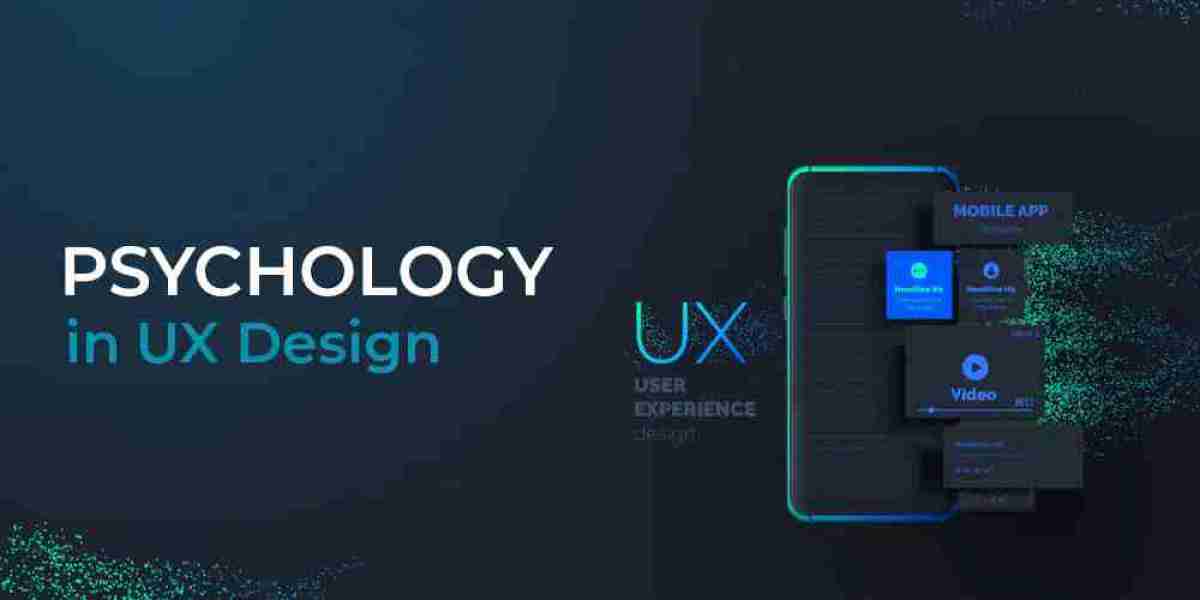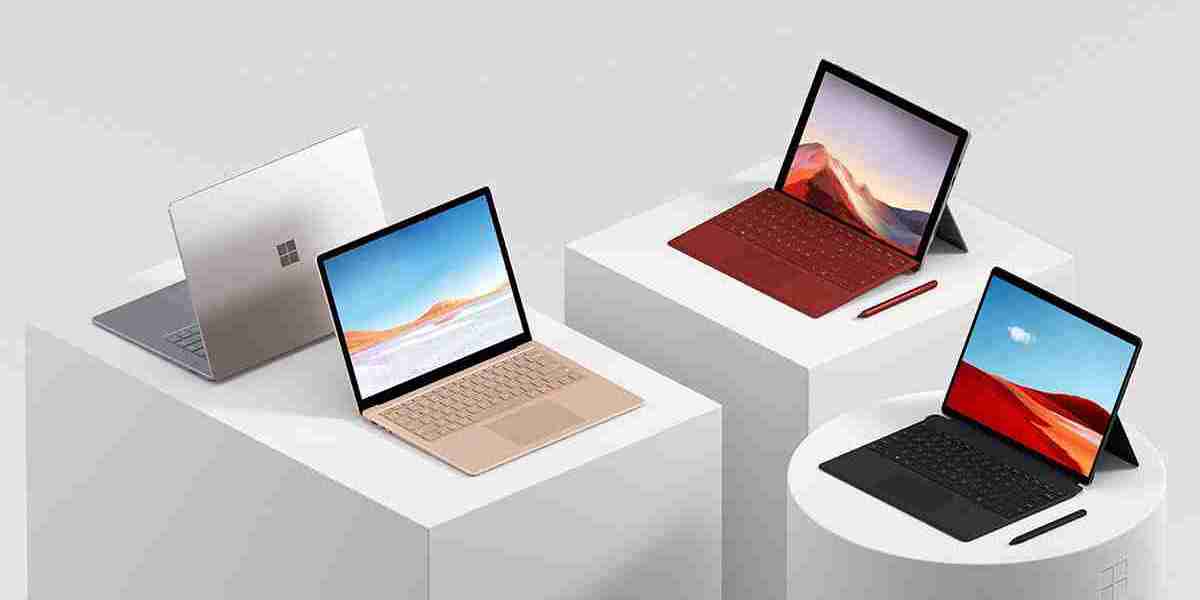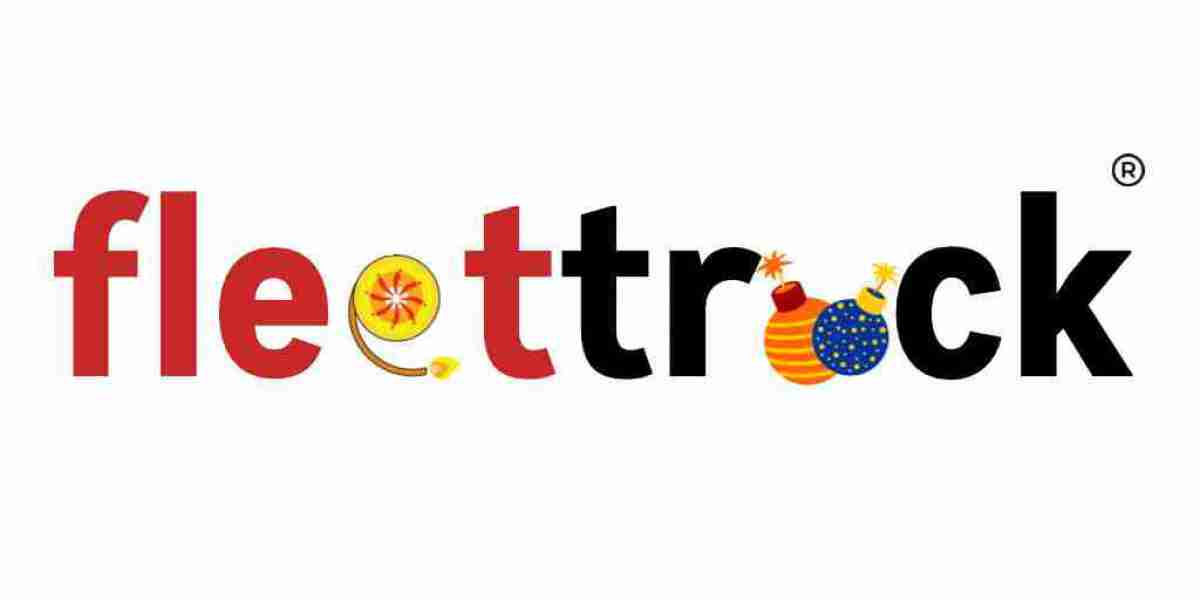User Experience (UX) design is not just about making websites look attractive—it’s about understanding human psychology and behavior. The best web design Dubai leverages psychological principles to guide users, create positive emotions, and drive engagement.
With Dubai’s highly competitive digital market, businesses must design websites that are visually appealing, easy to use, and psychologically engaging. This article explores the psychological principles behind effective UX design and how they impact website design in Dubai.
1. The Role of Psychology in UX Design
1.1 Why Psychology Matters in UX
UX design is deeply connected to how users think, feel, and behave. Understanding psychological triggers helps designers:
Improve usability and user satisfaction.
Influence decision-making and actions.
Reduce frustration and bounce rates.
Create memorable experiences that build brand loyalty.
1.2 How Dubai’s Digital Audience Thinks
Dubai’s diverse, tech-savvy population expects fast, intuitive, and aesthetically pleasing digital experiences. Websites must be designed to:
✅ Cater to multicultural preferences.
✅ Offer bilingual interfaces (Arabic & English).
✅ Provide a seamless mobile experience.
✅ Use familiar design patterns to reduce cognitive load.
2. Psychological Principles in UX Design
2.1 Hick’s Law: Simplicity Wins
Hick’s Law states that the more choices a user has, the longer it takes to make a decision. In website design in Dubai, this means:
Minimalist navigation menus to avoid confusion.
Simple checkout processes for e-commerce websites.
Concise content to keep users engaged.
? Example: A Dubai-based real estate website streamlined its property search filters, reducing bounce rates by 30%.
2.2 Fitts’s Law: Easy Interaction Matters
Fitts’s Law states that the size and placement of interactive elements affect usability. To improve UX:
Use large, easy-to-tap buttons for mobile users.
Place important CTAs (Call-to-Actions) in highly visible areas.
Ensure quick access to essential features.
? Example: A Dubai e-commerce store increased conversions by 20% by enlarging its "Buy Now" button.
2.3 Gestalt Principles: Visual Harmony
Gestalt psychology explains how humans perceive patterns and relationships in design. Applying these principles improves visual hierarchy and navigation:
Proximity: Group related items together (e.g., pricing and product descriptions).
Similarity: Maintain a consistent color scheme and typography.
Closure: Use incomplete elements to encourage user interaction.
2.4 The Von Restorff Effect: Stand Out to Get Noticed
People remember elements that stand out from their surroundings. In UX design:
Highlight CTAs with contrasting colors.
Use bold fonts for key information.
Apply animation or micro-interactions to attract attention.
? Example: A Dubai-based luxury brand increased engagement by 35% by using golden buttons on a dark-themed website.
3. Emotional Design: Creating a Connection with Users
3.1 Color Psychology in UX Design
Colors trigger emotional responses and influence behavior. In web design Dubai, color choices must reflect brand identity and user expectations:
Blue (Trust & Professionalism) – Used by banks and corporate websites.
Green (Health & Growth) – Popular for wellness and environmental brands.
Red (Excitement & Urgency) – Used for sales promotions and fast-food brands.
Black & Gold (Luxury & Prestige) – Preferred by high-end brands in Dubai.
? Example: A Dubai fashion retailer increased conversions by 18% by changing the CTA color from black to red.
3.2 The Psychology of Typography
Fonts influence how users perceive information. In website design Dubai, effective typography:
Ensures readability with clear fonts (e.g., Sans-serif for modern sites).
Creates a visual hierarchy (e.g., Larger fonts for headlines).
Enhances trust and credibility with professional typography.
3.3 Emotional Triggers in UX
Websites must evoke positive emotions to increase engagement. UX design should focus on:
Trust – Clear pricing, security badges, and testimonials.
Excitement – Limited-time offers and animated CTAs.
Happiness – Friendly visuals, interactive elements, and personalized greetings.
? Example: A Dubai tourism website boosted user engagement by 40% by incorporating emotion-driven storytelling in its UX.
4. Behavior-Driven UX Strategies for Dubai Businesses
4.1 Personalization for Higher Engagement
Users in Dubai expect personalized web experiences. Effective strategies include:
AI-driven recommendations for e-commerce websites.
Geo-targeted content based on user location.
Personalized greetings & chatbot interactions.
? Example: A Dubai hotel website increased direct bookings by 25% after implementing personalized user experiences.
4.2 The Power of Social Proof
Users trust websites that display social validation. Key strategies include:
✅ Customer reviews & testimonials.
✅ Real-time user activity (e.g., “100+ people booked this today”).
✅ Trust badges & industry certifications.
4.3 Scarcity & Urgency to Drive Action
Users are more likely to act when they feel a sense of urgency. Effective UX techniques include:
Countdown timers for promotions.
Low stock alerts on e-commerce websites.
Exclusive limited-time offers.
? Example: A Dubai travel agency increased bookings by 30% after adding "Only 3 seats left!" messages on their website.
5. UX Trends Shaping Dubai’s Web Design
5.1 Dark Mode for Enhanced Readability
Many Dubai-based businesses are adopting dark mode UI for:
Reduced eye strain in low-light environments.
Luxury branding appeal for high-end industries.
5.2 AI & Chatbots for Better UX
Artificial intelligence is transforming website design Dubai. AI-powered chatbots:
Enhance customer support with instant responses.
Provide personalized recommendations.
Improve lead generation & conversion rates.
5.3 Voice Search Optimization
With the rise of voice assistants like Siri and Alexa, Dubai businesses must optimize for:
Conversational search queries.
FAQ-style content for voice SEO.
Faster-loading mobile experiences.
6. Conclusion: Applying Psychology for Better UX in Dubai
By applying psychological principles, businesses can improve UX, reduce bounce rates, and increase conversions. Key takeaways include:
✅ Simplicity & easy navigation (Hick’s & Fitts’s Law).
✅ Emotional design with colors, typography & triggers.
✅ Personalization & social proof for trust-building.
✅ Urgency & scarcity tactics to drive action.
To stand out in Dubai’s competitive digital landscape, businesses must understand user psychology and apply human-centered UX design strategies. The result? A seamless, engaging, and high-converting website that keeps users coming back.
? Is your website leveraging the power of UX psychology? Now is the time to enhance your website design in Dubai














